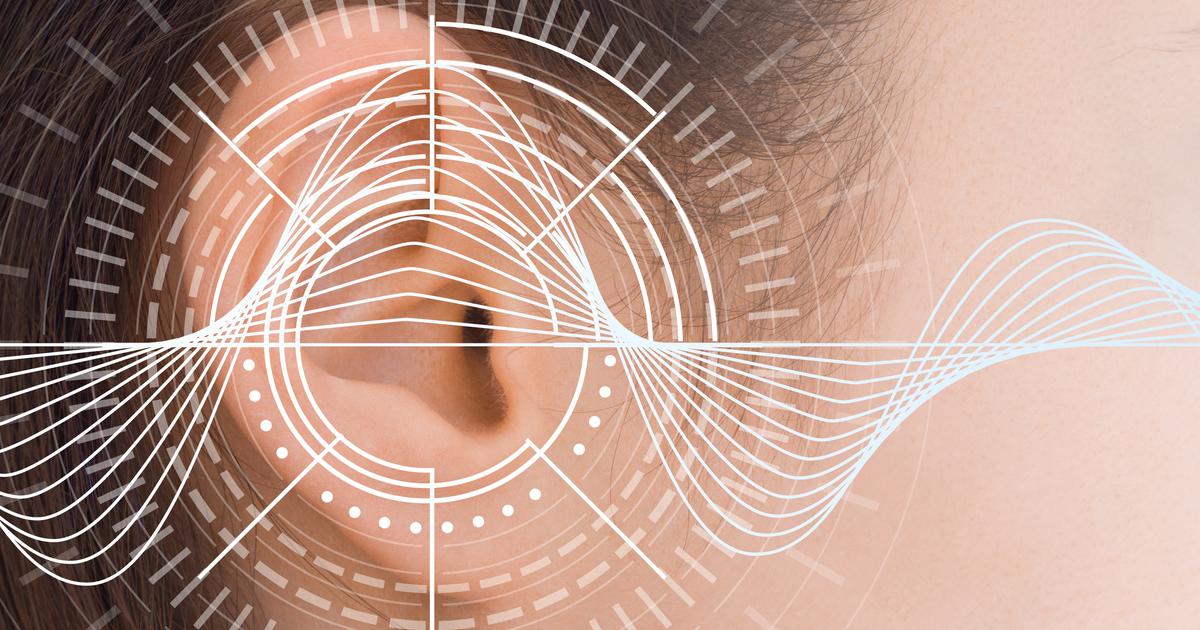Guide To Diagnosing And Treating Pulsatile Tinnitus
Tinnitus is the medical term for ringing in the ears. One of the rarer forms of this condition is pulsatile tinnitus. With this condition, patients don't hear ringing. Instead, they hear a loud and steady beat that syncs in time with their heart. The beat can be distracting, and some individuals report experiencing distress. Patients with pulsatile tinnitus typically have an underlying medical condition like intracranial hypertension, abnormal blood vessels, tumors in the head or neck, or connection issues between their veins and arteries. These issues range from mild to potentially life-threatening.
It's important to diagnose and treat the cause of pulsatile tinnitus promptly to avoid dangerous complications.
Hearing Test
The exact method of diagnosis for pulsatile tinnitus may vary depending on the case. If patients don't need emergency medical treatment, they may be referred to a specialist called an otolaryngologist. This doctor will typically perform a hearing test or multiple hearing tests as the first method of diagnosis. During a pure tone audiometry test, a doctor will measure the pitches and volumes patients are able to hear. Some individuals may have trouble hearing because the pulsatile tinnitus drowns out other sounds. Hearing loss can also occur when patients have intracranial hypertension, which causes increased pressure on the brain, ears, and eyes. Damage to the ears may make patients unable to hear certain tones or process sounds clearly.
Uncover more options for diagnosing pulsatile tinnitus now.
Electrocochleography

An electrocochleography may be used as a further form of hearing test. This technique allows doctors to record the electrical potentials the patient's auditory nerve and inner ear generate when they hear sounds. The test involves the placing of an electrode into the tympanic membrane or ear canal. Typically, this type of diagnostic test is only performed by an otologist or audiologist who has been specially trained in its application. The electrocochleography results will help detect whether there's elevated pressure against the patient's inner ear. In cases of intracranial hypertension, this technique is very helpful when diagnosing the underlying issue, such as pulsatile tinnitus. In cases that don't involve increased pressure, the test can rule out emergency conditions like intracranial hypertension.
Get more information on diagnosing and treating pulsatile tinnitus now.
